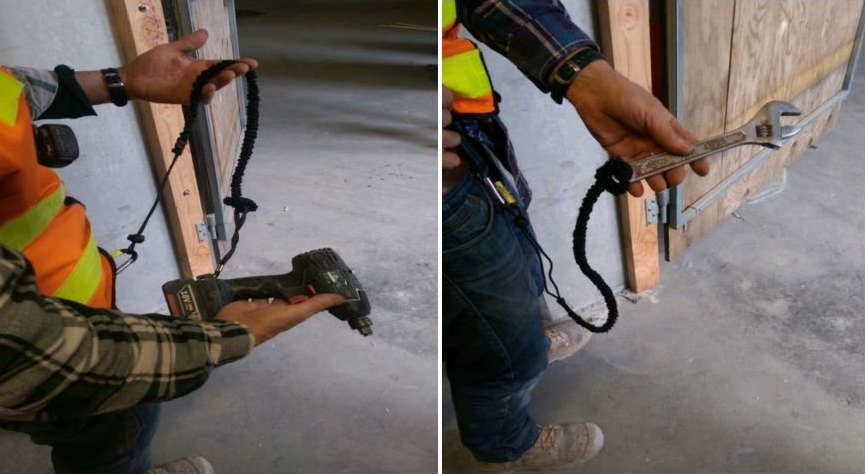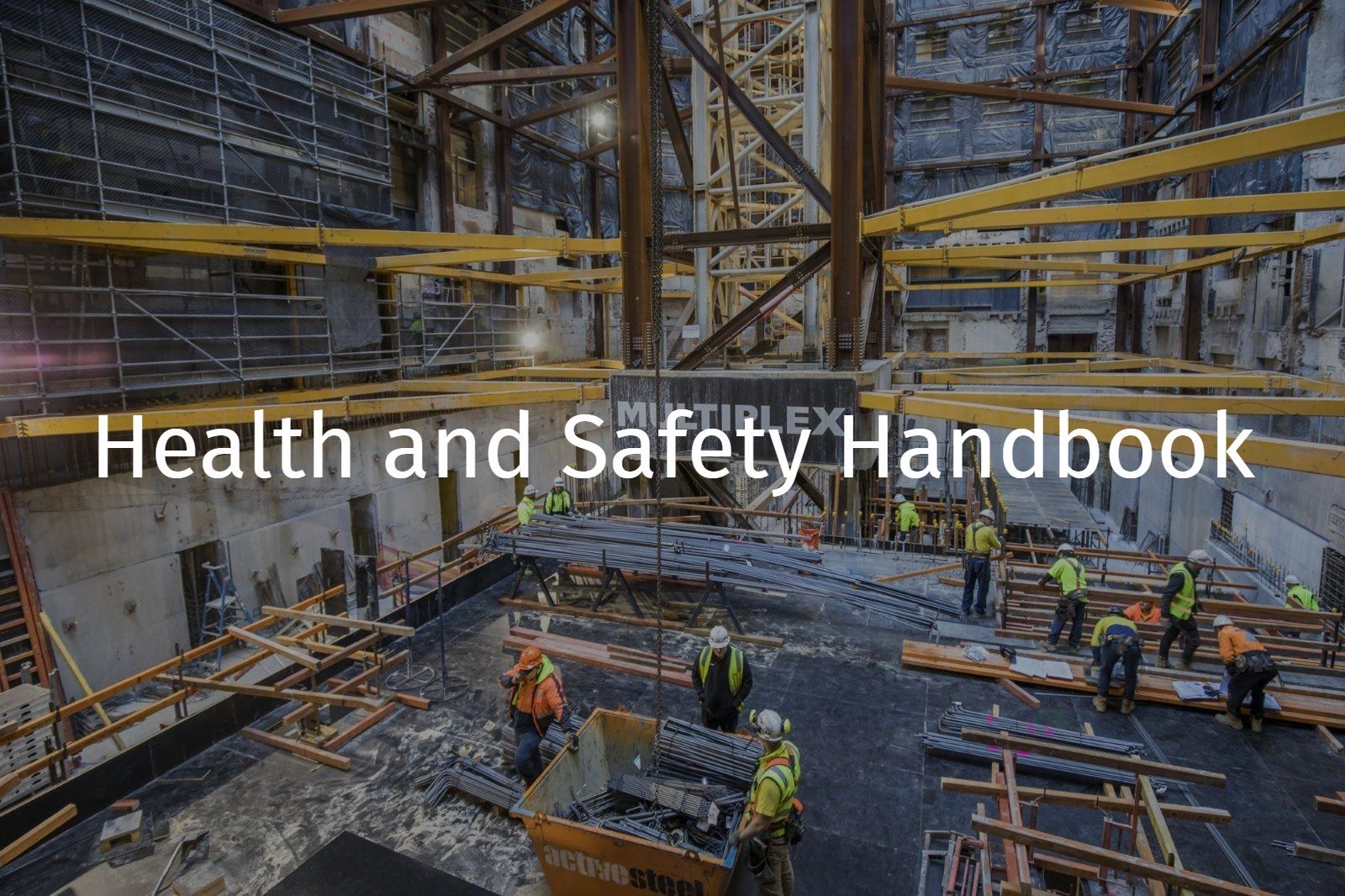Work at Heights - General
References: R Record keeping requirement | E An engineering/certification requirement | P A permit to work requirement | S A safe work method statement (SWMS) / written plan
Hazards
Potential hazards include, but are not limited to
- Falls
- Falling objects
Planning
Risk workshops must assess potential work at height risks.
S A SWMS is required where there is a risk of a person falling more than 2 meters whilst carrying out work. MPX supervisors must review SWMS prior to the work at height commencing.
Risk assessment / SWMS must consider the following, including but not limited to:
- Safe access and egress for all areas where work at heights is being undertaken
- Duration, extent and type of work to be undertaken
- The nature, size, length, weight and surface area(s) of elements/items involved in the works
- Proximity hazards
- Prevailing weather conditions
- Lighting
- Competency and training
- Plant & equipment
- Materials
- Emergency equipment and procedures, including actions to be taken after an arrested fall has occurred
R The risks associated with the potential for falling objects must be identified, assessed and controlled in accordance with the Hierarchy of Control outlined in Table 1.
TABLE 1: WORKING AT HEIGHTS HIERARCHY OF CONTROL


Operational
WA and VIC - Fall protection must be provided when there is a risk of a fall, from 2 meters or more.
NSW and QLD - Fall protection must be provided when there is a risk of a fall from the edge of a scaffold, fixed stair, landing, suspended slab, roof, canopy, formwork or where any other edge exists.
R Fall prevention systems / structures must be:
- Verified as installed in accordance with the manufacturer’s instructions and relevant legislation, codes of practice and Australian Standards
- Subject to regular document inspection as per the relevant legislation, codes of practice and Australian standards, refer:
- Plant and Equipment Schedule
Where there is a risk of dropping tools / equipment lanyards or similar are required:
- Lanyards must be rated to withstand the load of the tool should it dropped.
- Damaged lanyards must be removed from service.

Legal and Other Requirements
- CP Prevention of falls at workplaces (WA)
- CP Managing the risk of falls at workplaces (WA)
- CP Managing the risk of falls at workplaces (QLD)
- CP Managing the risk of falls at workplaces (NSW
- CP Prevention of falls in general construction (VIC)
Document Control
Version 1 August 2019 – New Standard







